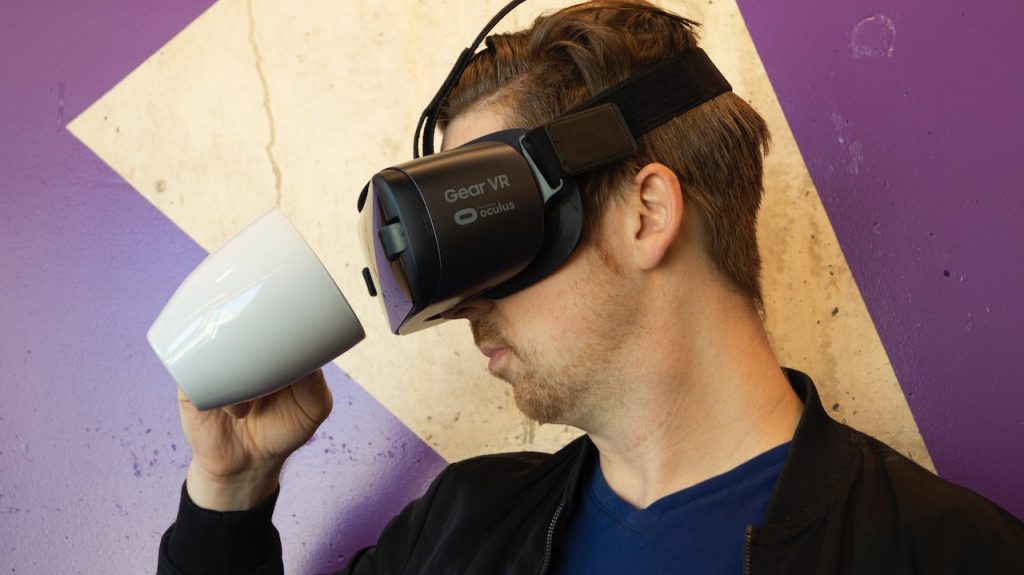There is no escaping the fact that the pandemic has created a shift in employees preferences when it comes to their working location.
FlexJobs ran a survey of more than 2,100 people who worked remotely during the pandemic from March 2021 through to April 2021. They found that not only do employees want remote work post-pandemic, 58% say they would absolutely look for a new job if they weren’t allowed to continue working remotely in their current position.
65% want to work remotely full-time post-pandemic, and another 33% prefer a hybrid work arrangement. Top concerns of returning to the office include Covid-19 exposure, less work flexibility and worse work-life balance. Some other top level findings include:
- 55% say their productivity increased while working remotely, while 33% say it stayed the same.
- 30% say their ability to collaborate has improved in a virtual environment, compared to a traditional office, one-third say their ability to collaborate has suffered (33%) and another one-third say it has been unchanged (34%).
- Cost savings is listed as the 2nd top benefit of working remotely (75%), second only to not having a commute (84%), and 38% estimate they save at least $5,000 a year from remote work.
- Not having to travel/drive to meetings (75%), wearing comfortable clothing (58%), the ability to mute (55%) and more scheduling flexibility (51%) were the top favourite elements of video meetings.
- 86% engaged in some kind of professional development during the pandemic.
- 50% like video meetings versus 14% who dislike them.
- 37% would consider relocating if they had permanent remote work.
- 70% do not think working remotely during the pandemic has had an impact either way on their chances of promotion/advancement.
However, when work becomes more geographically dispersed, managers have less insight into what work their employees are doing. This leads to inaccurate and potentially biased performance ratings based upon where employees work rather than the impact they are having.
A Gartner survey in late 2020 of nearly 3,000 managers revealed that 64% believe in-office employees are higher performers than remote employees, and 76% believe in-office workers are more likely to be promoted. Moving forward, with advances in new technologies, companies across the globe are scrambling to create the ultimate future workplace.

The metaverse opportunity
With the metaverse, organisations can create whatever virtual environment they like, from their dream office with multiple meeting rooms and breakout spaces to a 1:1 replica for their actual office. Check out ours here.
Using a mouse or keypad to move avatars around on a screen (or using a virtual reality headset), users can enter into virtual rooms and spaces for meetings. It’s a huge improvement over Zoom because the interactions feel closer to the way we behave in real life.
Another life-like feature of the metaverse is ‘spatial audio’, where you hear someone’s voice coming from the direction of their avatar and their voice fades when they walk away from you. It allows for semi-private conversations with people as you stand around a coffee machine or trail other avatars on the way to a meeting.
“The more distributed workforces become, the more companies will need these spaces to collaborate,” Erin McDannald, CEO of Environments, a smart building design company in Baltimore that has created a digital twin of its headquarters
Metaverse experiences allow people to present on a screen, write on whiteboards, or in the air, and to watch video feeds, which is why they make an ideal environment for team meetings and catch ups.
Bill Gates predicts virtual meetings will move to the metaverse as quickly as within three years. Well-known organisations like J.P. Morgan, Nike, and Gucci, all have a presence in the metaverse and many more have plans to experiment, too.
—Gemma Greenwood
- This article originally appeared here.
